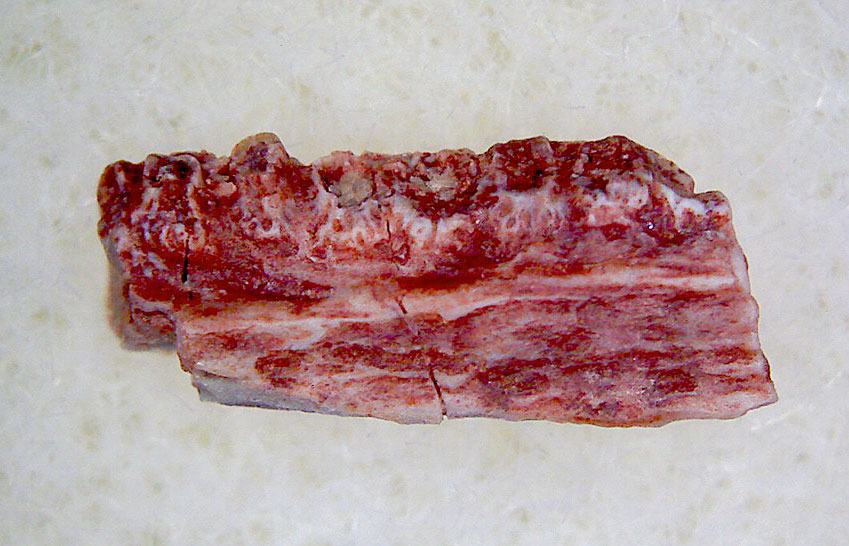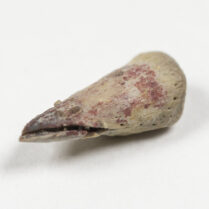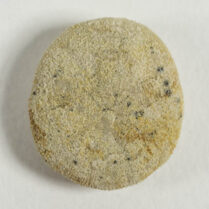Description
Late Triassic
Bull Canyon Formation
Guadalupe County, New Mexico, USA
Fine 0.25 inch labyrinthodont jaw section – no teeth
Amphibian.
The labyrinthodonts were among the dominant land animals from the Devonian to Permian, even surviving the cataclysmic end-Permian mass extinction event. The group is now considered an evolutionary grade which means it’s a once-official term that has become imprecise by modern standards. It’s become a general term for group of similar organisms that do not have a common ancestor and are no longer considered closely-related.
“Labyrinthodont” refers to the maze-like pattern of infolding of the dentin and enamel of the teeth. These animals seemed to have disappeared from the fossil record at the end of the Triassic until more fossils were later discovered in the Early Cretaceous of Australia.





